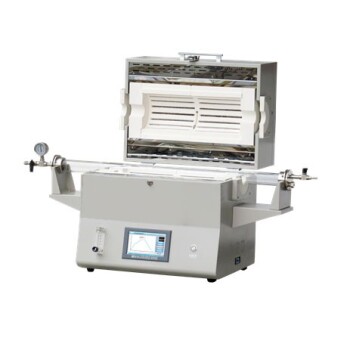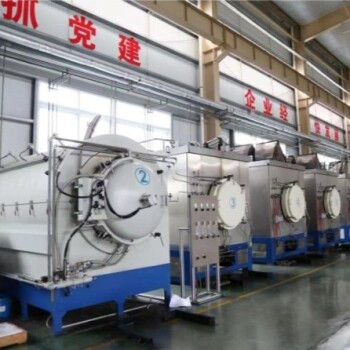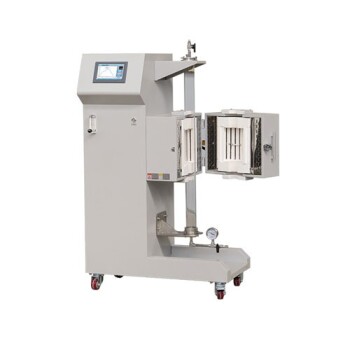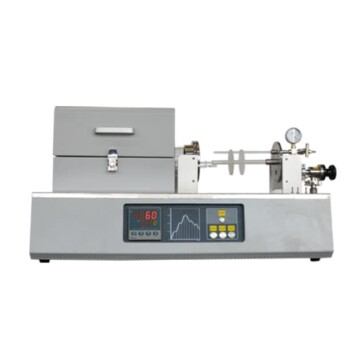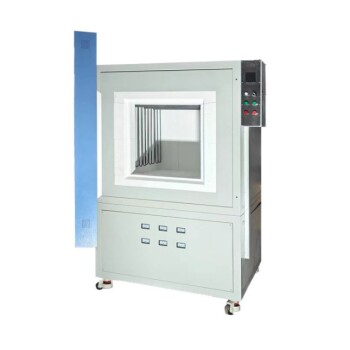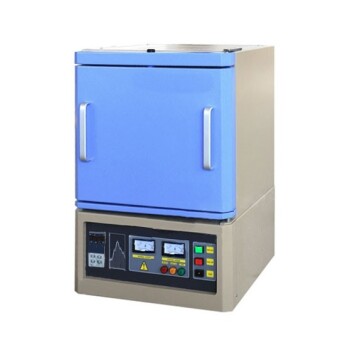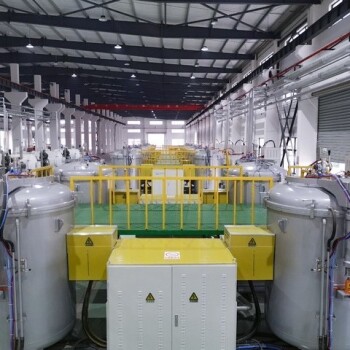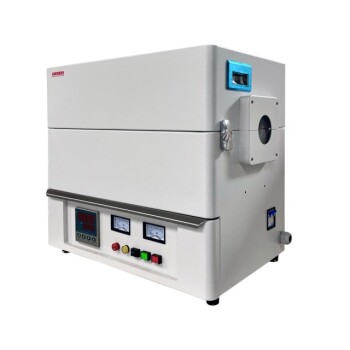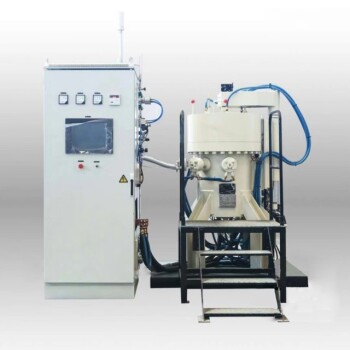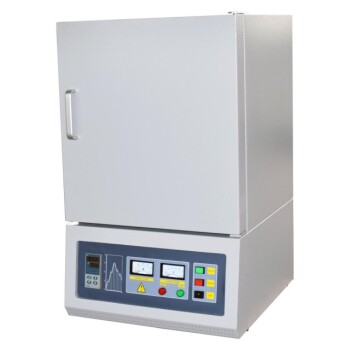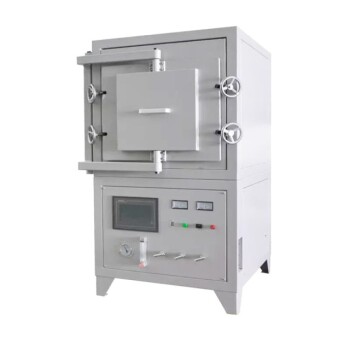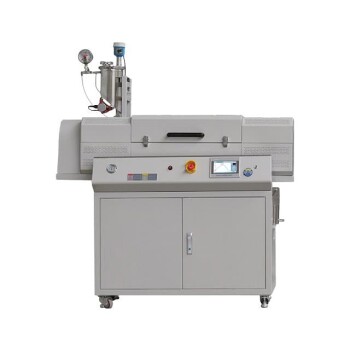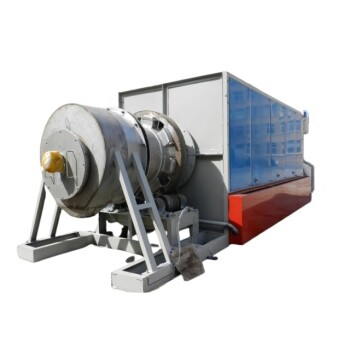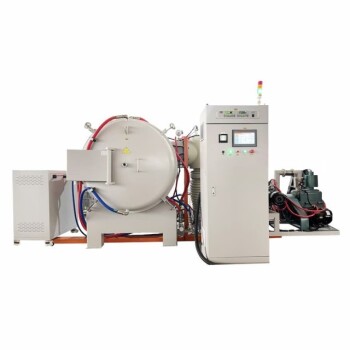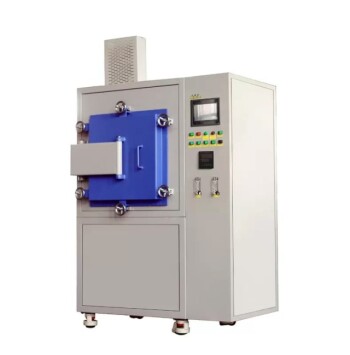铟和 ITO 靶材废料简介
铟的应用和重要性
铟是一种稀有且用途广泛的金属,因其独特的性质,在各种高科技产业中发挥着至关重要的作用。铟的主要应用领域是半导体行业,用于制造高性能晶体管和集成电路。这种金属具有优异的导电性和延展性,因此非常适合这些用途。
除半导体外,铟还广泛用于生产透明导电涂层,其中最著名的是氧化铟锡(ITO)涂层。这些涂层对触摸屏、太阳能电池和平板显示器至关重要,可提高其透明度和导电性。电子行业对 ITO 涂层的需求量特别大,因此需要可靠的铟供应。
铟的应用不仅限于电子领域。它还被用于制造荧光材料,这些材料对各种照明和显示技术至关重要。此外,铟还可用于金属有机化合物,为先进的材料科学和化学研究做出贡献。
铟的稀缺性和在现代技术中的关键作用凸显了其战略重要性。随着全球对电子设备的需求不断激增,从废料(如 ITO 靶材废料)中有效回收和循环利用铟变得越来越重要。这不仅能确保铟的可持续供应,还能减轻铟的提取和处置对环境造成的影响。
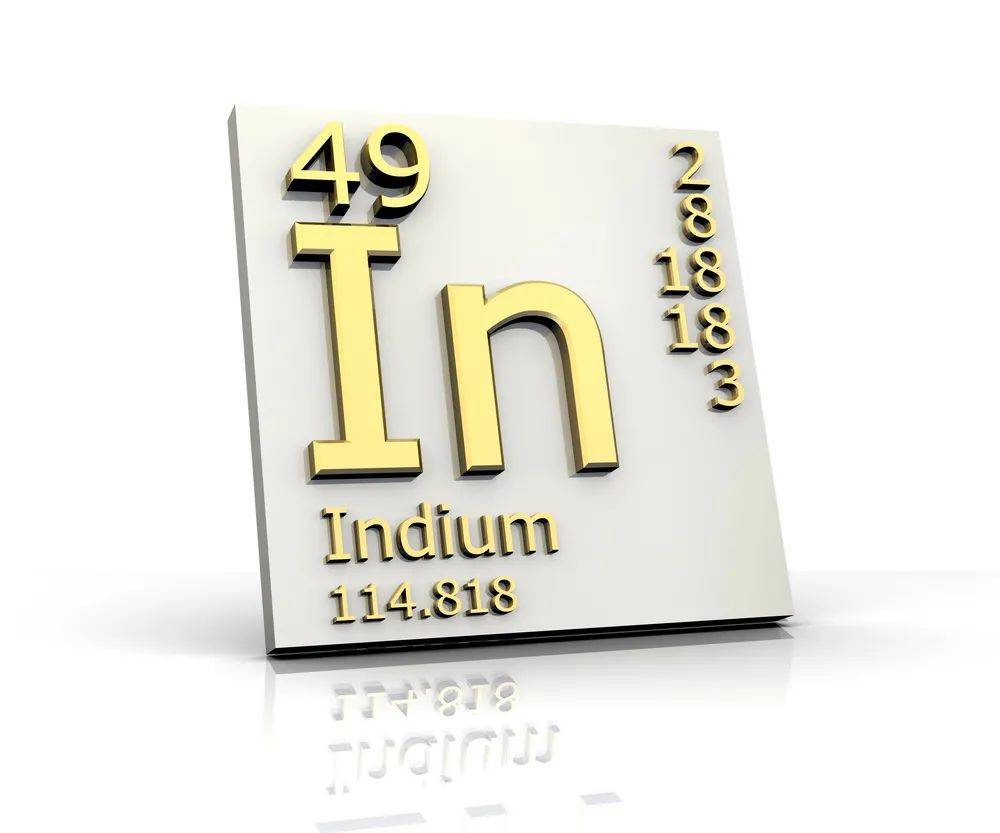
铟的来源和丰度
铟主要来自锌、铅、铜和锡等重金属的冶炼过程。这种提取方法至关重要,因为这种金属在自然状态下非常稀有。铟在地壳中的丰度极低,估计仅为 0.11 微克/克。这种稀缺性凸显了高效回收技术的重要性,以满足日益增长的铟需求,特别是在半导体和透明导电涂层等高科技行业。
铟的主要工业来源是锌矿,它通常是锌矿的副产品。在提取这些贱金属的过程中,铟通常会浓缩在冶炼残渣和烟尘中。然后对这些残渣进行进一步处理以回收铟,这一过程需要大量能源和资源。鉴于铟的天然丰度较低,从这些二次资源中高效回收铟对于维持可持续供应链至关重要。
除了地壳丰度低之外,铟在环境中的分散性也使铟的提取变得更加复杂。与可以从集中矿体中开采的更丰富的金属不同,铟通常以微量的形式散布在各种矿藏中。这就需要采用先进的萃取技术,从这些复杂的基质中分离和提纯金属。因此,铟回收所面临的挑战不仅是数量问题,也是技术先进性和经济可行性的问题。
铟的稀缺性加上其在现代技术中的关键作用,凸显了对更高效、更环保的回收方法进行持续研究的必要性。随着对铟的需求不断增加,特别是在生产电子显示器中使用的 ITO(氧化铟锡)靶材时,开发可持续的提取工艺变得越来越重要。这不仅能确保铟的可靠供应,还能减轻铟的提取和加工对环境的影响。
作为铟来源的 ITO 靶材废料
ITO 溅射靶材是铟的主要消费者,约占全球需求量的 50%。如此巨大的消耗量凸显了 ITO 靶材在各种技术应用中的关键作用,特别是在电子设备透明导电涂层的生产中。然而,ITO 靶材的利用率明显偏低,通常不到 30%,因此有相当一部分铟未被回收,而是蕴藏在这些靶材产生的废料中。
从 ITO 靶材废料中回收铟不仅在经济上可行,在环保方面也势在必行。鉴于铟在地壳中的含量稀少,估计仅为 0.11 微克/克,因此从工业废料中回收铟成为维持铟供应的重要战略。这种做法不仅缓解了自然资源的枯竭,还减少了与初级采矿和提炼过程相关的环境足迹。
此外,化学提纯和电解精炼等回收方法的技术进步提高了从 ITO 废料中提取铟的效率和纯度。这些方法能够提取出高纯度的铟,纯度通常可达 99.995%,这对于铟在先进电子产品中的应用至关重要。该工艺包括将 ITO 废料溶解在盐酸中,然后进行锌粉置换和电解精炼等步骤,确保实现全面、高效的回收过程。
总之,ITO 靶材废料是一个重要的、未得到充分利用的铟资源库,通过回收和循环利用,可带来经济和环境效益。随着对铟的需求持续上升,特别是在电子行业,从 ITO 废料中高效提取和再利用铟将在可持续满足这一需求方面发挥越来越重要的作用。
铟的回收方法
化学纯化技术
化学纯化技术对于从 ITO 靶材废料中回收高纯度铟至关重要。这些方法包括 真空蒸馏 , 电解精炼 , 定向凝结 , 区域熔化 和 熔盐电解精炼 .每种技术都在提纯过程中发挥独特作用,确保提取的铟符合工业应用的严格纯度要求。
真空蒸馏 对去除挥发性杂质特别有效,而 电解提纯 可将铟选择性地沉积到电极上,从而达到高纯度水平。 定向凝固 和 区域熔炼 用于根据不同的熔点和溶解特性将铟从其他元素中分离出来。最后、 熔盐电解精炼 使用熔盐进一步提纯铟,确保铟不含任何残留污染物。
这些化学提纯工艺经过精心设计,可应对从 ITO 废料中回收铟所面临的具体挑战,确保最终产品的纯度最高,适合电子行业的广泛应用。
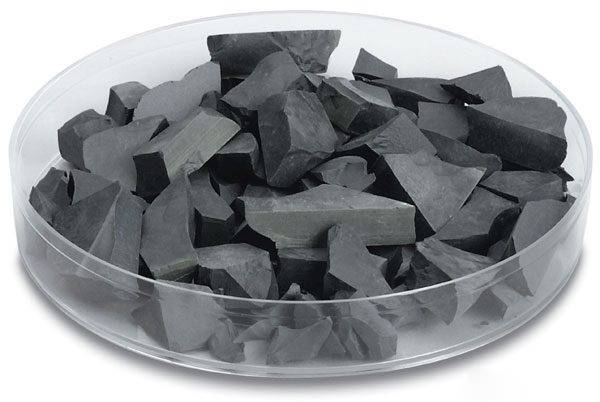
物理纯化技术
物理纯化技术在从 ITO 靶材废料中回收高纯度铟的过程中起着至关重要的作用。这些方法对于从废料中的其他元素和杂质中分离铟至关重要。主要的物理纯化技术包括溶剂萃取、离子交换和液膜萃取。
-
溶剂萃取:这种方法是使用选择性溶剂从溶液中提取铟。溶剂会选择性地与铟离子结合,使铟离子与其他元素分离。这种技术在实现高纯度方面尤为有效。
-
离子交换法:离子交换法是将含铟溶液通过选择性捕获铟离子的树脂床。一旦树脂中的铟达到饱和,就会用适当的溶剂将其洗脱,以释放铟离子,然后收集铟离子并进一步提纯。
-
液膜萃取:这种技术使用薄而不溶的液膜将铟离子从溶液中分离出来。膜允许铟离子有选择性地通过,从而有效地将铟离子与其他元素和杂质分离。
每种方法都有其独特的优势,并根据纯化过程的具体要求进行选择。通过将这些物理纯化技术与化学和电解方法相结合,可以实现从 ITO 靶材废料中回收高纯度铟。
高纯度铟回收工艺
酸溶解和过滤
从 ITO 靶材废料中回收铟的工艺首先是将废料溶解在盐酸中。这一步骤至关重要,因为它有助于将铟从 ITO 靶材中存在的其他成分中分离出来。溶解过程通常需要加热混合物,以优化反应速度,确保含铟化合物完全溶解。
溶解完成后,对溶液进行过滤。这一步骤对于将富铟溶液与可能含有其他金属和非金属杂质的不溶残留物分离开来至关重要。过滤过程可以通过使用专门设计的过滤器来加强,以有效捕捉细小颗粒,从而确保获得高纯度的铟溶液。
这样得到的含铟溶液就可以进入回收工艺的下一阶段,即用锌粉代替铟,形成海绵铟。这种中间产品随后通过碱性熔炼和电解精炼进行提纯,以获得所需的高纯度铟。
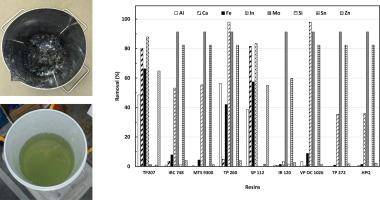
总之,酸溶解和过滤步骤是铟回收工艺的基础,可有效地从废料中分离出有价值的铟,并为进一步提纯奠定基础。
置换和提纯
从 ITO 靶材废料中回收铟的过程涉及几个关键步骤,特别是从溶液中置换铟以及随后的提纯。锌粉可用于促进置换过程,有效置换溶液中的铟离子。这种置换会形成海绵铟,即一种富含铟但仍含有杂质的前驱体材料。
为了获得高纯度的铟,海绵铟需要经过一个称为碱熔的纯化过程。在这一阶段,海绵铟在碱性环境中经受高温,这有助于分离和去除残留杂质。碱性条件至关重要,因为它有助于杂质的选择性氧化和挥发,从而留下浓度更高、纯度更高的铟产品。
| 工艺步骤 | 描述 |
|---|---|
| 锌粉的使用 | 锌粉用于替代溶液中的铟,形成海绵铟。 |
| 碱性熔炼 | 海绵铟通过碱性熔炼纯化,去除残留杂质。 |
锌粉置换和碱性熔炼的结合对于从 ITO 靶材废料中高效回收高纯度铟至关重要。这种多步骤工艺可确保最终产品满足电子和半导体等行业对纯度的严格要求。
电解精炼
电解精炼工艺在将粗铟转化为高纯度金属(通常纯度可达 99.995% 左右)方面发挥着关键作用。这种方法对于确保回收的铟符合各种工业应用(如半导体和透明导电涂层)所需的严格标准至关重要。电解精炼工艺不仅提高了金属的纯度,还确保了超过 93% 的高回收率。
在电解精炼过程中,粗铟会受到电流的作用,从而促进杂质与铟离子的分离。这一过程在受控环境中进行,通常使用专门的 电解槽 以最大限度地提高效率和减少污染。精炼后的铟产品不含大多数常见杂质,适用于对纯度要求极高的高科技应用领域。
电解精炼工艺是从 ITO 靶材废料中回收和提纯铟的整个链条中的关键步骤。它是在酸溶解和过滤的初始阶段之后进行的,酸溶解和过滤为含铟溶液的进一步提纯做好了准备。当铟到达电解精炼阶段时,它已经经历了多个纯化步骤,每个步骤都有助于实现生产高纯度金属的总体目标。
电解精炼工艺的成功与否不仅取决于最终产品的纯度,还取决于回收率,这是一个关键的经济因素。高回收率可确保成功提取和提炼初始废料中的大部分铟,从而最大限度地减少损失和提高产量。对纯度和回收率的双重关注强调了电解精炼在铟回收过程中的重要性。
实验设置和分析
原材料和设备
从 ITO 靶材废料中回收高纯度铟的工艺依赖于一系列精心挑选的原材料和专用设备。主要原材料包括 ITO 靶材废料 , 盐酸 , 液碱 , 烧碱 和 锌粉 .这些材料在萃取和提纯阶段都起着至关重要的作用。
| 原材料 | 在工艺中的作用 |
|---|---|
| ITO 目标废料 | 铟和其他有价金属的来源 |
| 盐酸 | 溶解 ITO 靶材废料,释放出含铟溶液 |
| 液碱 | 中和溶液,促进铟化合物的形成 |
| 烧碱 | 通过帮助分离杂质来加强净化过程 |
| 锌粉 | 取代溶液中的铟,生成海绵铟 |
该工艺中使用的设备同样重要,可确保反应的高效性和可控性。关键设备包括 搪瓷反应罐 , 过滤器 , 替换罐 和 电解槽 .
| 设备 | 功能 |
|---|---|
| 搪瓷反应罐 | 容纳和促进溶解步骤中涉及的化学反应 |
| 过滤器 | 分离含铟溶液和残留固体 |
| 置换槽 | 在置换过程中保持溶液,确保反应准确无误 |
| 电解槽 | 提炼粗铟,以达到所需的高纯度 |
这些材料和设备相互配合,确保回收过程精简有效,最终生产出对环境影响最小的高纯度铟。
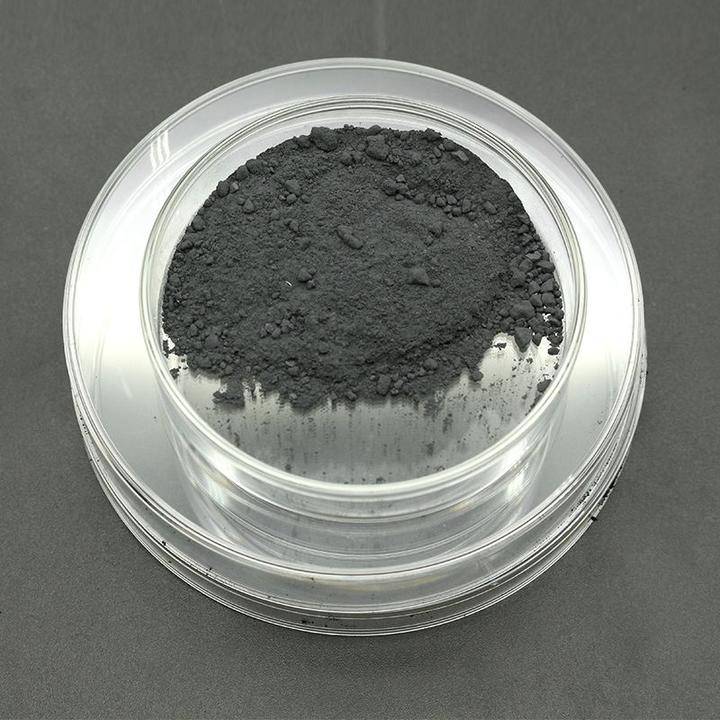
分析方法
本研究采用的分析方法对于确保回收过程的准确性和可靠性至关重要。 铟和锡 使用 电感耦合等离子体 (ICP) 光谱法 这种强大的技术以其高灵敏度和多元素检测能力而著称。这种方法可以精确量化铟和锡的浓度,而这正是回收过程中的关键参数。
用于分析 铝 , a 721 分光光度计 用于分析铝。该仪器特别适用于测量铝离子对光的吸收率,为确定样品中的铝含量提供了可靠的方法。分光光度法简单快捷,是工业环境中进行常规分析的理想选择。
酸度 酸度 使用 pHS-3C 酸度计 .该设备对于将 pH 值保持在回收过程中各种化学反应所需的最佳范围内至关重要。通过确保一致的酸度,溶解、置换和纯化步骤的效率得到显著提高。
| 元素 | 分析方法 | 用途 |
|---|---|---|
| 铟 | ICP 光谱法 | 量化铟和锡的浓度,用于过程控制。 |
| 锡 | ICP 光谱法 | |
| 铝 | 721 分光光度计 | 测量铝含量,确保工艺效率。 |
| 酸度 | pHS-3C 酸度计 | 监测和控制 pH 值,以优化化学反应。 |
这些分析工具共同提供了对整个回收过程中材料成分和条件的全面了解,确保最终产品符合高纯度铟的严格纯度要求。
工艺流程和讨论
文章细致地概述了从 ITO 靶材废料中回收高纯度铟的操作顺序,强调了酸溶解、置换、碱熔和电解等关键步骤。每个过程都有特定的条件和参数,以确保最佳效率和产品纯度。
酸溶解和过滤
第一步是将 ITO 目标废料溶解在盐酸中,这一过程可将铟离子从固体基质中释放出来。这种溶解通常在受控温度和酸浓度下进行,以最大限度地提高溶液中铟的产量。溶解后,采用过滤法将含铟溶液与不溶残留物分离,残留物中可能含有锡等其他有价金属。
置换和提纯
溶液中的铟离子会被锌粉置换。这种方法利用了锌对酸性环境更强的亲和力,使其将铟从溶液中置换出来。生成物是一团海绵状的铟,然后通过碱性熔化进行提纯。这一步骤不仅能去除残留的锌,还能提炼出纯度更高的铟。
电解精炼
工艺的最后阶段是电解精炼,这项技术可进一步提纯铟,使其达到高纯度水平,通常在 99.995% 左右。该工艺在专门的电解槽中进行,海绵铟在电解槽中受到电流的作用。电解过程可确保去除微量杂质,因此总回收率超过 93%。
每个步骤都经过严格控制,以确保最终产品符合半导体和透明导电涂层等行业对纯度的严格要求。对这些工艺的详细讨论强调了从 ITO 靶材废料中成功回收和提纯铟所需的复杂性和精确性。
结论和未来方向
回收工艺概述
从 ITO 靶材废料中回收高纯度铟是一个多步骤过程,首先要将废料溶解在盐酸中。这一初始步骤至关重要,因为它能将铟从 ITO 基质中释放出来,为后续的纯化阶段做好准备。溶解后,含铟溶液要经过过滤,以去除任何不溶解的残留物,确保下一阶段的起始材料更加清洁。
过滤后,使用锌粉替换溶液中的铟。这一置换过程对于将铟离子转化为固体形式(即海绵铟)至关重要,这样就可以很容易地从溶液中分离出来。锌粉的使用不仅有利于铟的回收,还有助于减少杂质,为进一步提纯奠定基础。
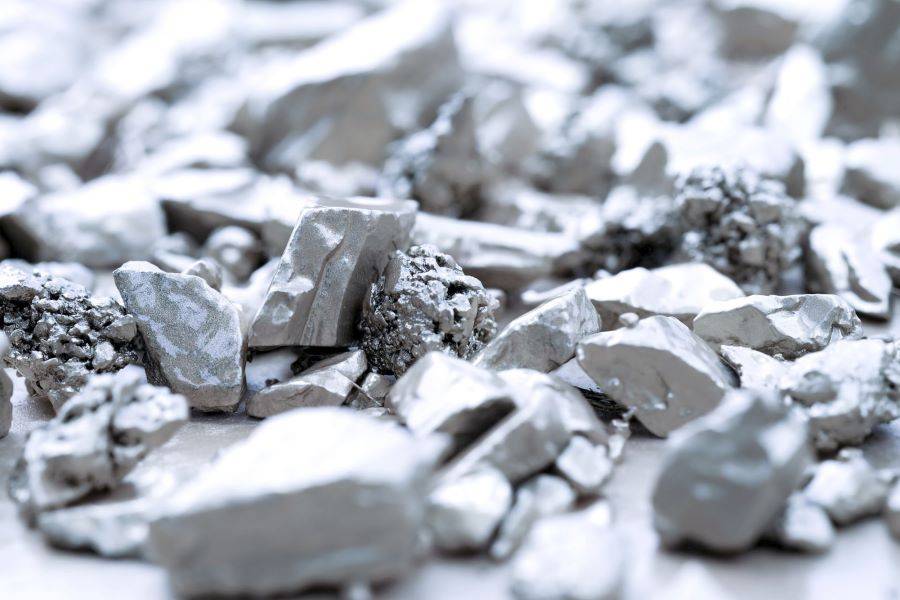
回收过程的下一步是碱熔,即用液碱(通常是烧碱)处理海绵铟。这一过程可进一步提炼铟,去除任何残留杂质,并将其转化为更稳定的形态。碱熔化是提高铟纯度的关键步骤,使其适用于电子工业的高需求应用。
最后,粗铟要经过电解精炼,这是一种达到最高纯度的技术。在这一过程中,铟经过电解精炼,纯度达到约 99.995%,总回收率超过 93%。电解精炼不仅能确保生产出高纯度的铟,还能回收有价值的副产品,提高工艺的整体效率。
回收过程中的每个步骤都经过精心设计,以最大限度地提高铟的产量和纯度,使其成为一种可持续的、经济上可行的方法,以满足对这种稀有贵重金属日益增长的需求。
环境和废物管理考虑因素
从 ITO 靶材废料中回收铟不仅仅是一个金属提取问题,还涉及到谨慎的环境和废料管理措施。在回收过程中,还需要提取大量的锡、锌和其他元素,因此必须进行适当的处理和回收,以尽量减少对环境的影响。
该工艺的一个关键环节是废水处理。在盐酸中溶解 ITO 靶件产生的溶液必须经过处理,以去除有害化学物质和重金属,然后才能排放。这涉及到先进的过滤技术和使用化学制剂来中和和沉淀污染物。例如,使用离子交换树脂可以有效地去除废水中的铟和其他金属,以便随后进行回收和再利用。
此外,电解精炼过程中产生的副产品,如熔渣和废电解液,也必须得到负责任的管理。这些材料通常含有有价值的金属,可以通过进一步加工回收,从而减少浪费,最大限度地提高资源效率。实施闭环系统,即废水和副产品在加工过程中循环利用,可以显著减少铟回收操作对环境的影响。
总之,虽然从 ITO 靶材废料中回收铟的主要重点是获得高纯度金属,但相关的环境和废料管理考虑因素也同样重要。对这些方面的有效管理可确保回收过程不仅在经济上可行,而且在环境上可持续。

